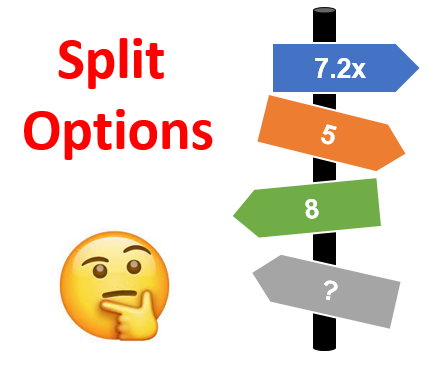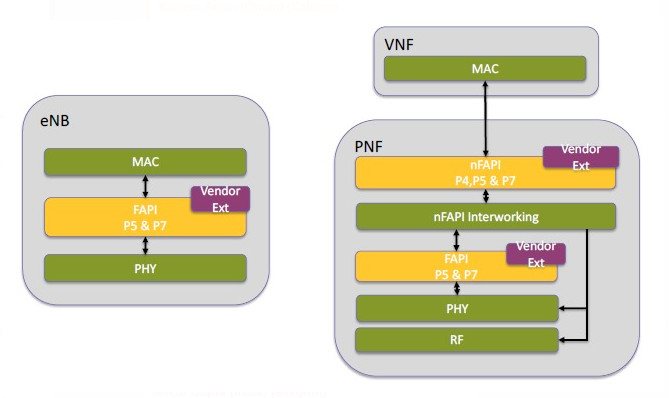Hi Open RAN Experts:
Why option 7.2x better then other options 8, 5, etc.

Hi Open RAN Experts:
Why option 7.2x better then other options 8, 5, etc.

Please tell what it indicates.
Does it mean fronthaul requirements high in option 7.2x?
Difference between nFAPI and FAPI?
With option8, fronhaul babdwidth requirement is more than 150 Gbps.
Beacuse BW is proportional to antenna elements.
With 7.2x its around 22 Gbps.
Basically which option to use driven by Latency requirement and BW requirement of fronthaul.
Different splits have pros & cons.
7.2x is somehow balance.
Option-8 has high FH demand.
Where as option 6 has low Txn FH demand.
With option 7.2x some low physical like IFFT / FFT and Beamforming shifted to RU.
eCPRI txn FH demand is comparatively less, however it add complexity to RU.
In this case for higher MIMO, 8T8R, 64T64R.
Will put intense demand on RU processor.
7.2x will enable more coverage for indoor, high traffic urban situations.
Also this will translate CPRI traffic to eCPRI using low PHY.
Is there any calculation method for bandwidth why it’s high in option 8?
Option-8 is pure RF only on RU i.e. oversampling also included & I / Q samples sent for DAC and ADC process.
There is CPRI calculation old one.
Good link to get I/Q sample rate idea:
Please also check this conversation here: What are 5G different functional split options? And why we need it? - #2 by Sakshama_Ghoslya
This picture from Small Cell Forum helps to understand:

Hi @Kaleem.
Why the I-Q samples encoded with 15 bits (as I see in the figures).
Normally we give 16 bits to I and 16 bits to Q.
Am I missing some thing?
BR